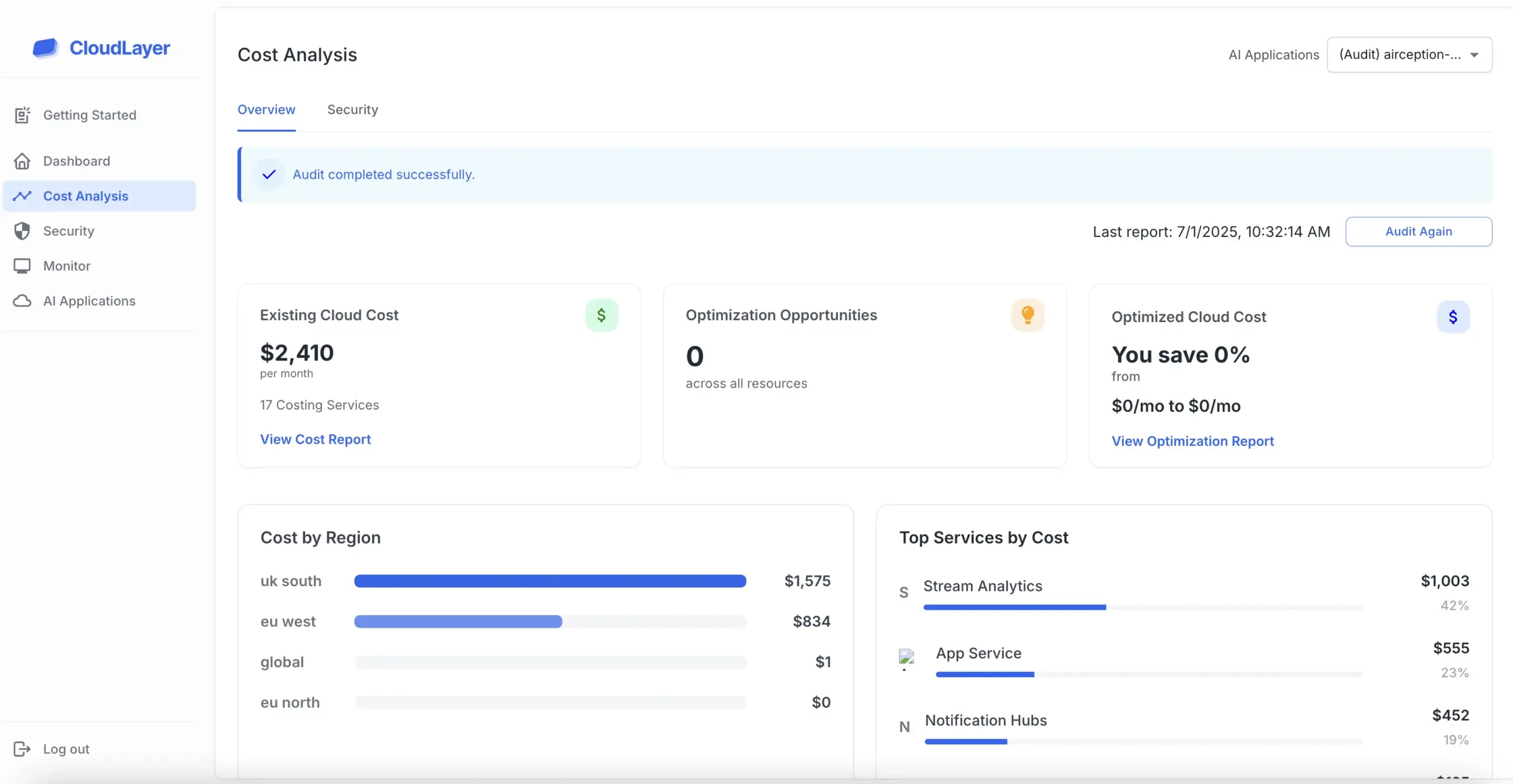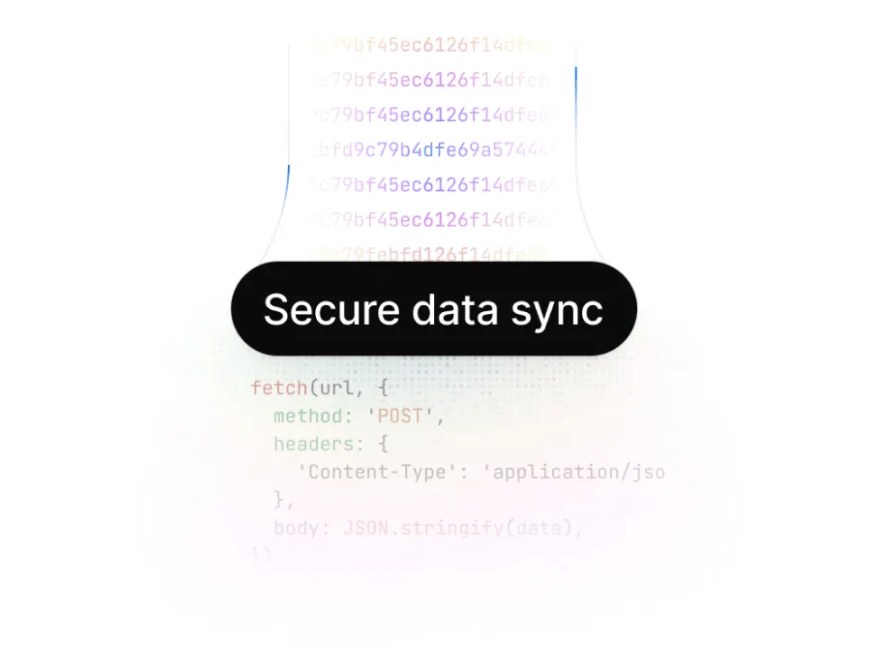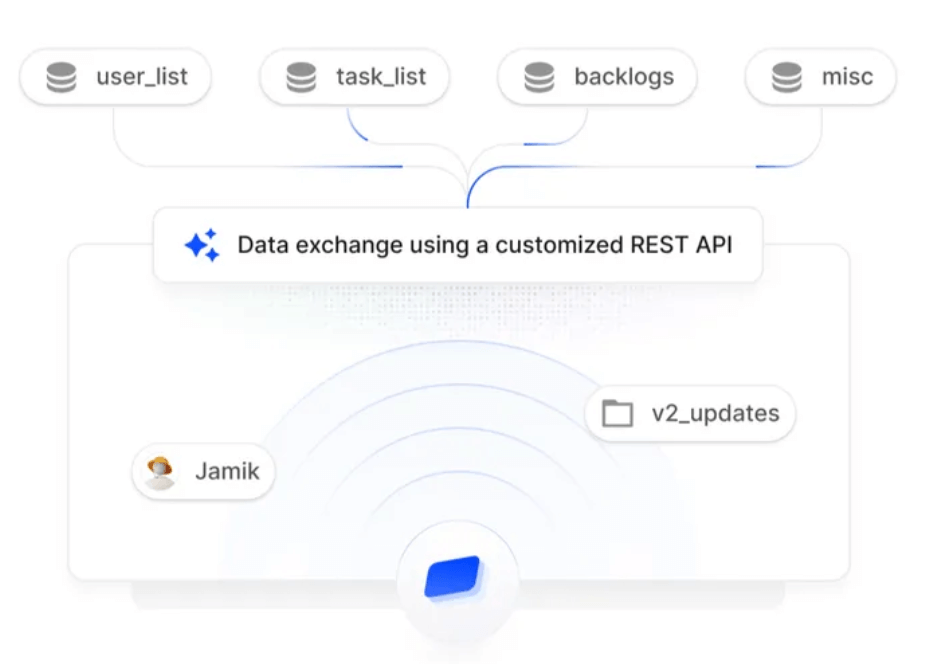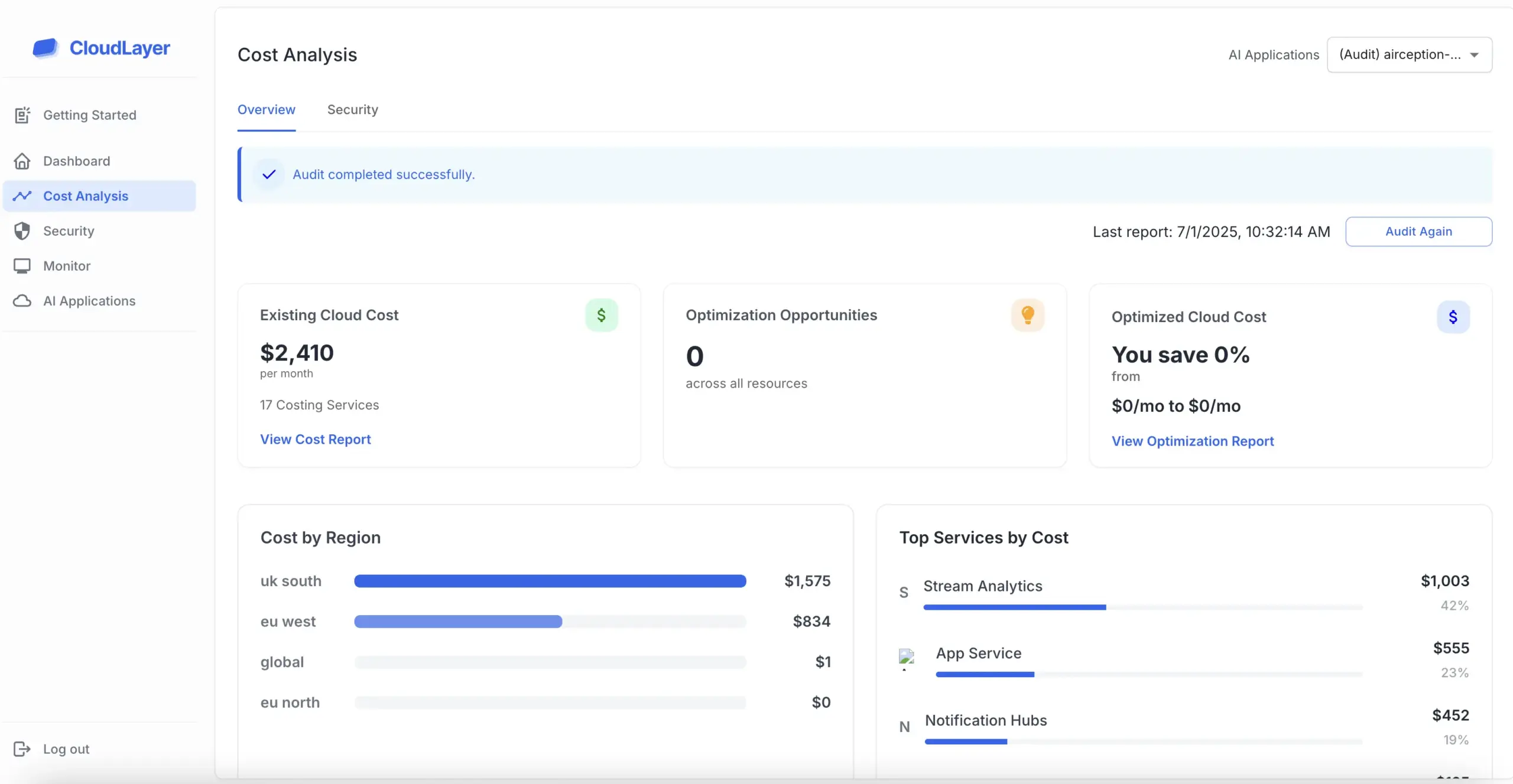

One of the key features of serverless architecture is its event-driven nature. In this model, code is executed in response to specific triggers, such as HTTP requests, database changes, or file uploads, which enhances responsiveness.

Serverless architecture offers significant cost savings since users only pay for the compute power they actually use. This eliminates the need for provisioning resources ahead of time, allowing for a more efficient allocation of budget.

Scalability is another major advantage of serverless architecture. As user demand fluctuates, the cloud provider automatically scales resources up or down, ensuring that applications remain responsive without manual intervention.

Despite its benefits, serverless architecture comes with challenges, including vendor lock-in and monitoring complexities. Organizations must carefully consider these factors when deciding whether to adopt this innovative model.

